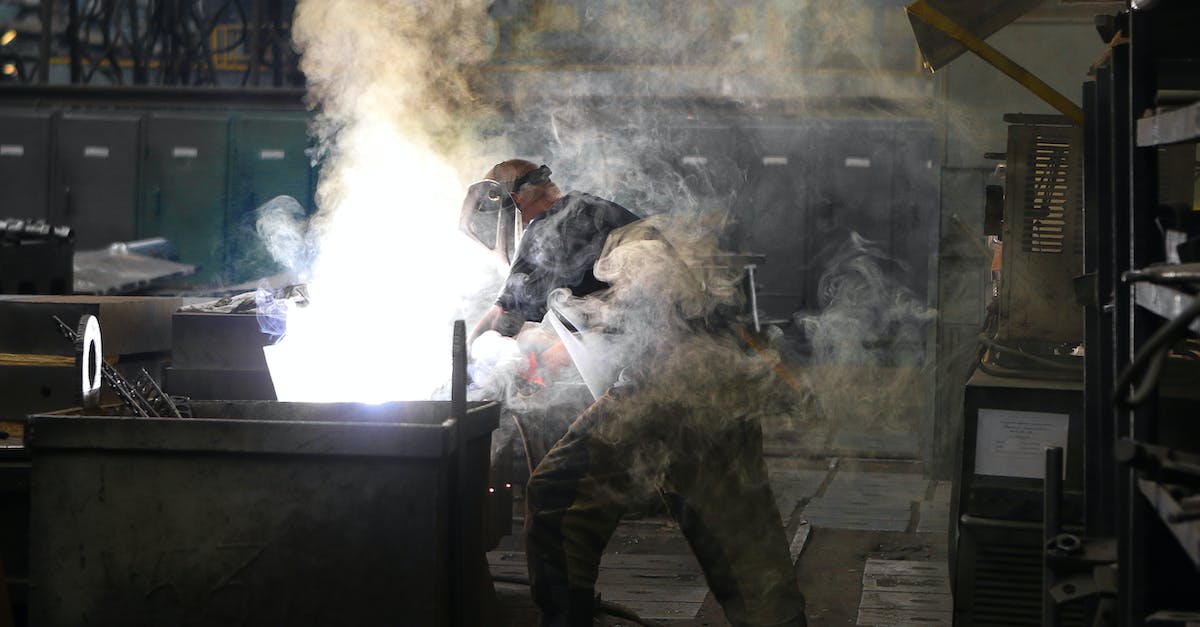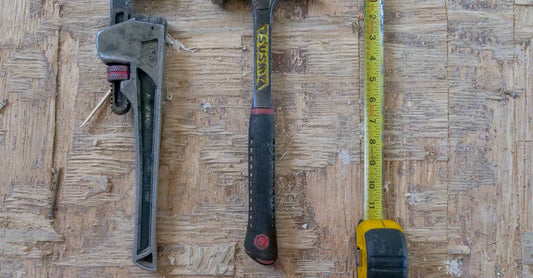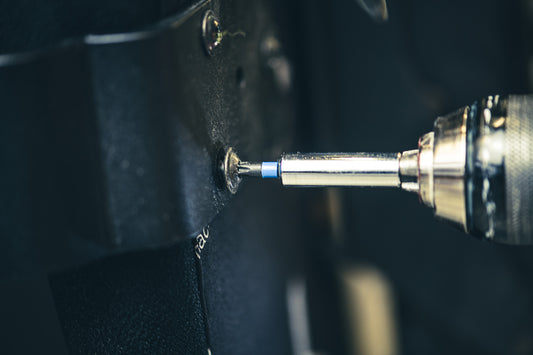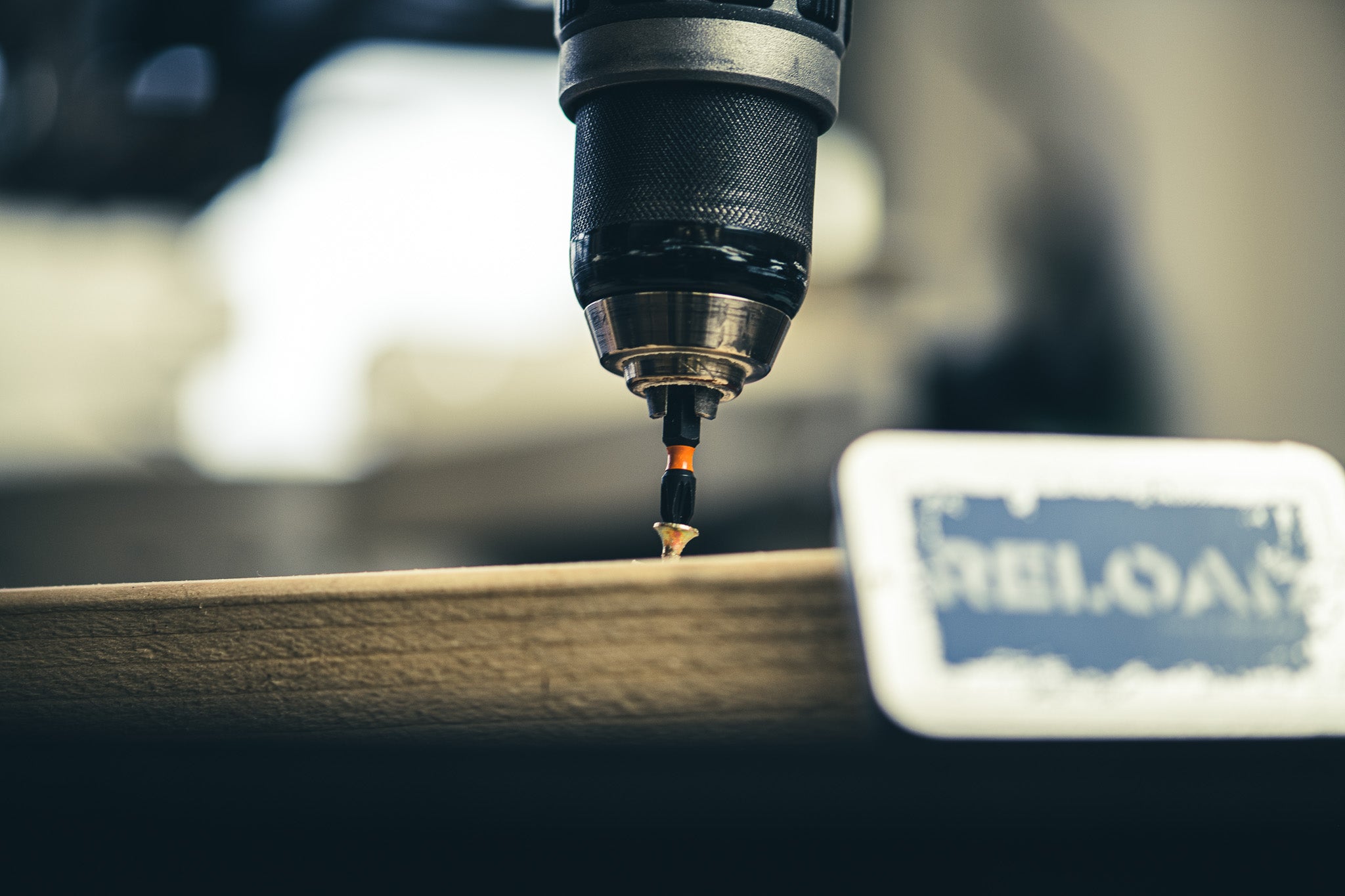TIG Welding
TIG, Welding
TIG Welding is a type of welding that uses an electric arc to heat metals.
Example usage: 'We will need to do some TIG Welding to join these two pieces of metal.'
Most used in: Industrial settings, such as factories and workshops.
Most used by: Professional welders and engineers.
Popularity: 8
Comedy Value: 3
Also see: Tungsten Inert Gas Welding, Gas Tungsten Arc Welding, GTAW Welding, Arc Welding,
What is TIG Welding?
TIG welding, or Tungsten Inert Gas welding, is a type of welding process that uses a non-consumable tungsten electrode to create an electric arc. The arc is created between the tungsten electrode and the workpiece, and the area to be welded is filled with a filler metal. TIG welding is used to weld a variety of metals, including aluminum, stainless steel, and copper alloys.
In TIG welding, a tungsten electrode is held in a collet and secured in a TIG torch. The tungsten electrode is then connected to a power supply, which creates an electric arc between the electrode and the workpiece. A shielding gas is then released from the torch, which creates a protective atmosphere for the weld. The welder is then able to feed the filler metal into the weld pool, creating a strong joint.
TIG welding is a popular welding process due to its versatility and precision. It is often used in applications where a high level of accuracy is required, such as in the automotive and aerospace industries. According to the American Welding Society, TIG welding is the most widely used welding process in the United States, accounting for approximately 24% of all welding processes.
TIG welding is a skilled process that requires a great deal of practice and experience to master. It is important for welders to understand the basics of TIG welding and to practice the process in order to ensure quality welds.
What is the Origin of the Term 'TIG Welding'?
TIG welding, also known as Gas Tungsten Arc Welding (GTAW), is a type of arc welding process that uses a non-consumable tungsten electrode to produce the weld. The process was originally developed in the 1940s in the United States. The acronym TIG is derived from Tungsten Inert Gas. It was first used in a commercial application in the 1950s.
TIG welding is a versatile process that can be used to weld many different metals, including aluminum, brass, copper, and stainless steel. It is often used in the aerospace and automotive industries, as well as in the fabrication of medical and dental instruments. It is also used in the repair and maintenance of a variety of components and equipment.
The term TIG welding has become a generic term and is used in many different countries. It is also commonly referred to as Heliarc welding or Heliwelding. In some countries, the term Tungsten Inert Gas Welding (TIGW) is also used.
TIG welding is a reliable and efficient welding process and is used in a variety of applications. It has been used for decades in the fabrication of high quality products and is a preferred welding method for many industries.




